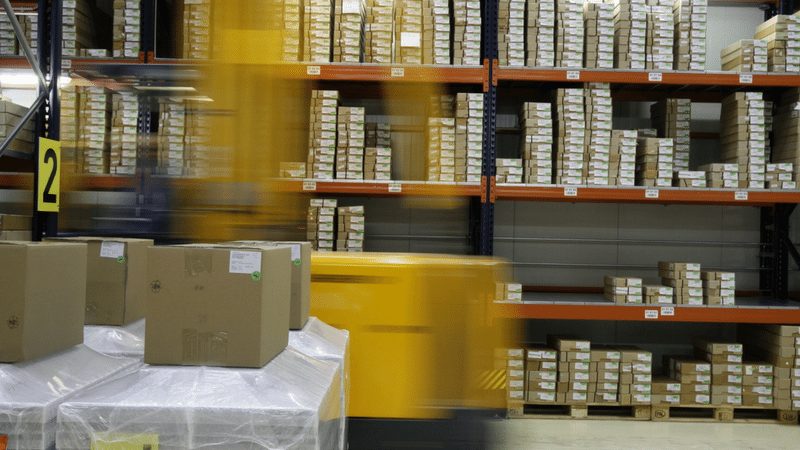How to Calculate Importing Costs
Episode #9 of the course Fundamentals of importing physical products from China by Damir Serbečić
Today, we’ll cover a topic that makes many newbie importers uncomfortable.
You’ll learn what customs duties are and how to calculate importing costs.
Every country has different customs rules, procedures, duty rates, and fees. Also, every customs broker and agency has different rates for their services.
It’s IMPORTANT that you research and get to know customs tariffs and procedures for a country to which you want to import a particular product.
The best and the fastest way is to call a customs broker in the country where you want to import products. In this lecture, I’ll focus on importing products to the US; however, similar rules can be applied to most countries. You’ll just have to do a little bit of research.
Below is a simplification of this quite complex subject.
What Are Customs Duties?
Customs duty is a tax imposed on goods when transported across international borders. Whenever a product crosses an international border, it is subject to customs clearance and duties.
Duty rates vary by product type and the country to which you are importing.
How to Calculate Importing Costs
Importing cost is calculated based on commercial value.
Customs value is the total value of all items in your shipment and determines how much import duty the package recipient must pay.
Duties are calculated as a percentage of the customs value of the goods (item + insurance + shipping).
Commercial value is the amount that you paid to your supplier, not the amount for how much inventory will be sold.
The Harmonized Tariff number determines the duty rate that US Customs applies to imported products.
For example, if you paid $10,000 to a Chinese supplier and $2,000 for product shipping, then customs duties will be calculated based on $12,000. If customs duty for a particular product is 9%, then customs duties will be $12,000 x 9% = $1,080.
On top of that, expect to pay additional customs fees and customs broker service fees.
Of course, the above is a simplified version of the customs calculation. So, just to give you a brief overview:
DeMinimis. DeMinimis is the shipment value exempt from customs duties.
Currently in the US, shipments valued at $800 or less are eligible for customs exemption.
However, this is only for informal shipments. If a shipment is formal (air and sea cargo), then it will be subject to customs duties.
Informal shipments. Informal entries are defined as the process of importing commodities typically for personal use with a total value of less than $2,500.
Formal shipments. Formal entries are defined as the process of importing commodities typically used for commercial selling purposes, covered by an entry bond, with a total value that usually exceeds $2,500.
Customs broker. Customs brokers are companies empowered by US Customs and Border Protection to assist importers and exporters in meeting federal requirements governing imports and exports.
Where to Find Duty Rates
The Harmonized Tariff System (HTS) provides duty rates for virtually every item that exists. To find out more about US customs, you may check the official website.
We are almost finished!
In the final lecture, you’ll learn how to calculate the cost of goods so you can know your exact profit margins.
Talk to you tomorrow!
Regards,
Damir
WinWinAcademy
Recommended reading
What Is the Difference between Formal and Informal Entries?
Recommended book
Product Research 101: Find Winning Products to Sell on Amazon and Beyond by Renae Clark
Share with friends

